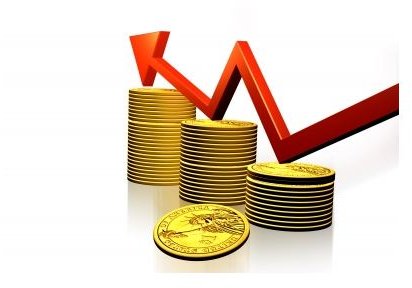Product Life Cycle Stages: Pricing Levels & Strategies
The stages of a product life cycle govern how a product is priced, distributed, and promoted. A new product goes through multiple stages during the course of its life cycle, including an introduction stage, growth stage, maturity stage and a decline stage. As a product ages, companies look for new ways to brand it, and also explore pricing changes. Market and competitor research help businesses assess the proper course of action to maintain product profitability.
Introduction and Growth Stages
During the introduction stage, a company will invest time and money to publicize the name of its product and find a market for it. This is the product life cycle stage in which appropriate patents are filed and product branding begins. Some companies will initially price their new product cheaply to develop a customer base. Other companies will initially price their products more expensively to make up for development expenses. Initial promotion of the product is typically directed at dedicated enthusiasts.
During the growth stage, a company aims to develop brand recognition and increase their customer base. The quality of their product is often improved based on early reviews, and technical support is usually enhanced. Pricing remains generally stable as demand continues with minimal competition. A larger distribution network is formed to keep up with the pace of demand.
Maturity and Decline Stages
In the maturity stage, the steady sales start to decline and companies face greater challenges in the marketplace. Competitors will often introduce rival products with the intent of grabbing some of the market share. This is the product life cycle stage in which the customer base is heavily fought over and price decreases most often occur. Additional features are added to distinguish a product from its competitors. Companies run promotions during this stage that highlight the primary differences between their product and their competitor’s products.
In the decline stage, a company will make important decisions regarding the future of their product. They can choose to create new iterations of the product with new features, or they can reduce the price and offer it at a discount. A company may choose to discontinue the product altogether, either disposing of their inventory or selling it to another company who is willing to manufacture and market it. Promotion at this stage will depend on whether a company chooses to continue its product, and how they plan to re-market it.
Conclusion
The lifespan of a product is difficult to predict. Changes in technology and the needs of the marketplace will determine the product timeline. The collection strategies used to maintain a healthy product life cycle is referred to as product lifecycle management (PLCM). Understanding the above stages assist companies in determining how to effectively market, price, and sell its product through the course of the product life cycle.
(image credit: Renjith Krishnan, https://www.freedigitalphotos.net)
